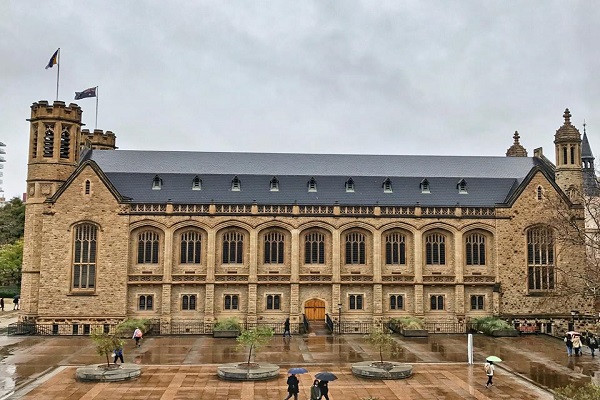
A University of Adelaide study found females, people with low self-efficacy, reluctant exercisers, higher academic achievers, and those experiencing socioeconomic disadvantage are all most at risk of failing to establish regular exercise patterns during the transition from adolescence to young adulthood.
The finding was made by examining data collected as part of the Longitudinal Survey of Australian Youth (LSAY), which also showed young Australians on average exercise less regularly every year after transitioning from high school to university and work.
“It is well known that sustained regular exercise in young people improves fitness, physical health, self-esteem, reduces distress and sets up long-term patterns that reduce disease risk in adulthood,” said Associate Professor Oliver Schubert from the University of Adelaide’s Adelaide Medical School and the Northern Adelaide Local Health Network.
“There seems to be a critical period in people’s teens, around the age of 15, to establish these behaviours.”
While women’s sport is increasing in prominence, the researchers say multiple factors contribute to the gender disparity.
“The disadvantage experienced by females is influenced by reduced opportunity, lower access, and lack of sports diversity, but also divergent parental and cultural expectations, stereotypes, and role models,” says Dr Julie Morgan, Clinical Associate Lecturer at the University of Adelaide’s Discipline of Psychiatry and lead author of the study.
“Psychological factors, such as perceived sports competency and self-efficacy, may play an additional role. Our study highlights that more needs to be done to promote long-term regular of exercise to female adolescents.”
Females were not the only at-risk group that came as a surprise to the researchers.
“The risk for academic high achievers was unexpected and highlights the need to promote a balance between study and self-care to this group,” said Associate Professor Scott Clark, Head of the University of Adelaide’s Discipline of Psychiatry.
Prior research has shown similar findings regarding the benefits of forming exercise habits, but the LSAY data provides a clearer understanding than previously possible.
“The large size and high follow-up rate of LSAY, which follows Australian youth as they transition from school to study or work, makes it an extremely valuable resource for analysing the impact of changes in society and policy that can influence educational, occupational and physical- and mental-health outcomes,” says Jana Bednarz, a senior statistician from the University of Adelaide who conducted the longitudinal modelling analyses.
“Our trajectory-based analysis of repeated measurements provides more robust data than previous cross-sectional studies, where data are collected only once, and therefore provides good evidence for youth exercise policy development in Australia.”
The researchers say outreach is required at an early stage to encourage the at-risk groups they’ve identified to develop long-term exercise habits.
“Given the predictors of these patterns are identifiable at age 15, there is a key role for secondary school, especially in the last years, when academic achievements become more central for young people,” said Associate Professor Schubert.
“Equally, universities and vocational training institutions could run programs to support and encourage physical activity and sport.
“State governments and local councils need to ask whether the current leisure infrastructure supports the needs of young people. Funding and support for grass-roots community sport across gender and socioeconomic groups is critical.”
